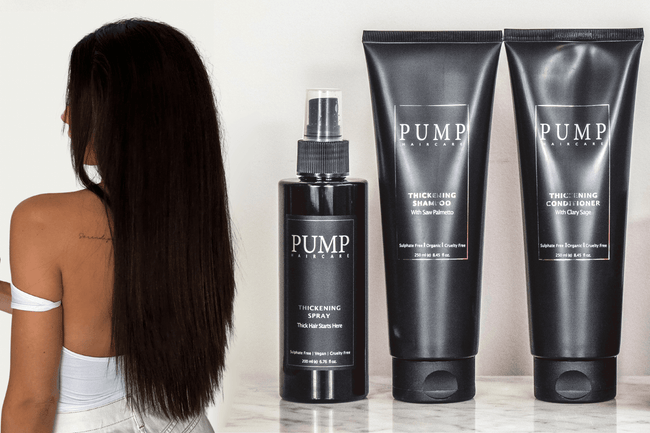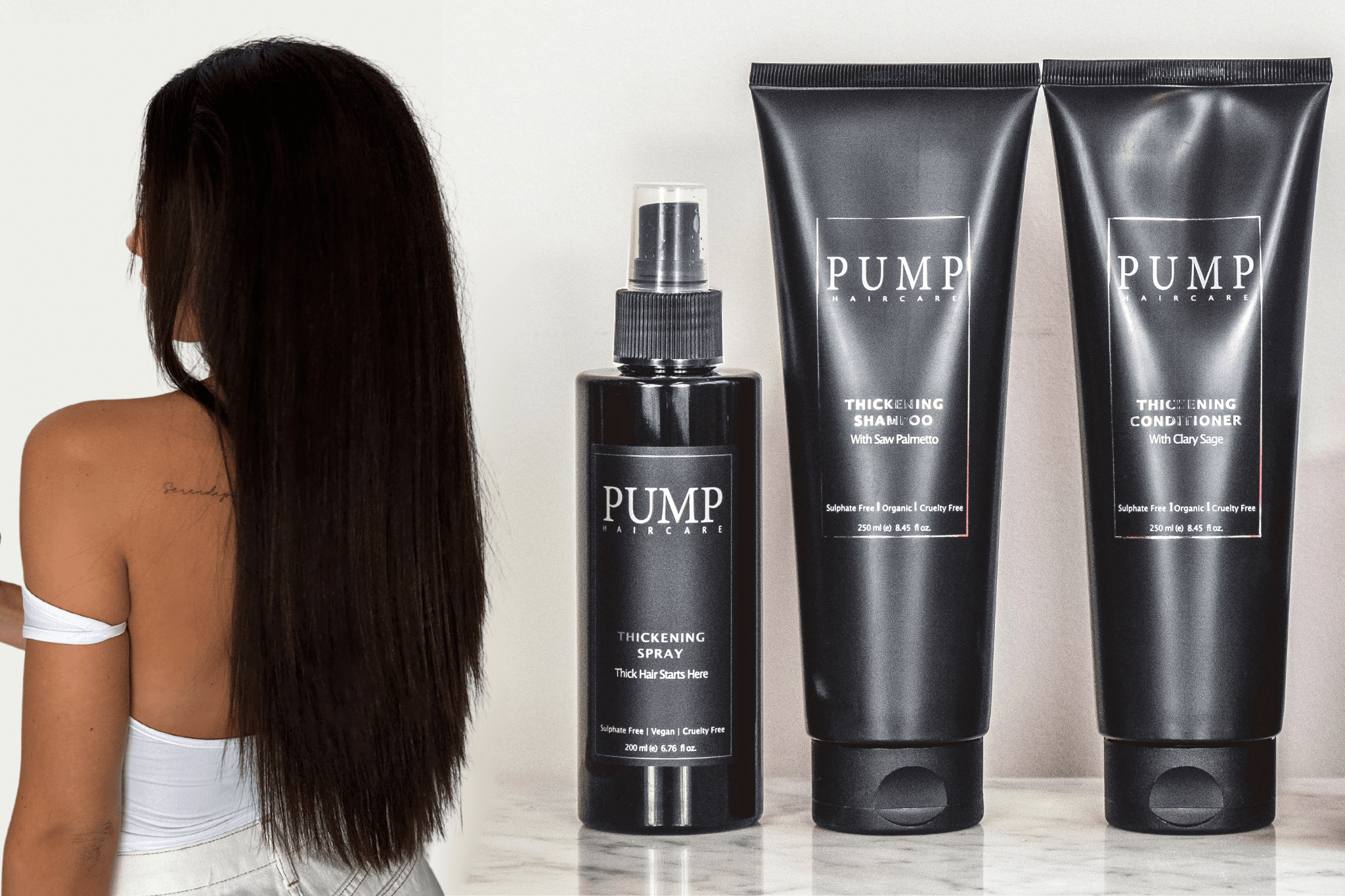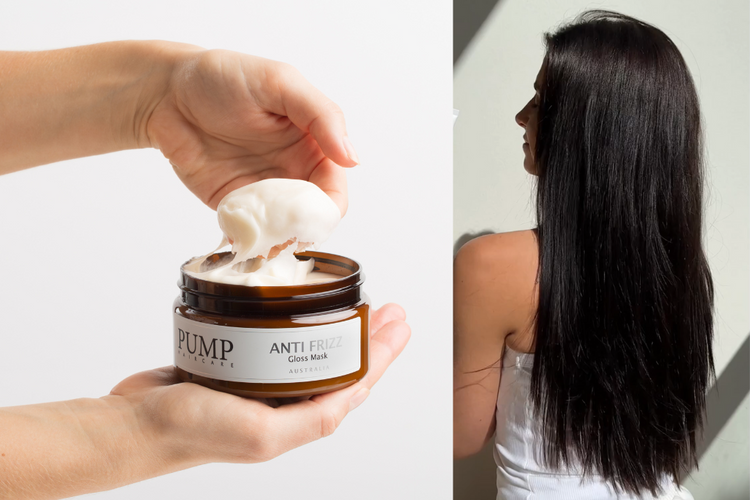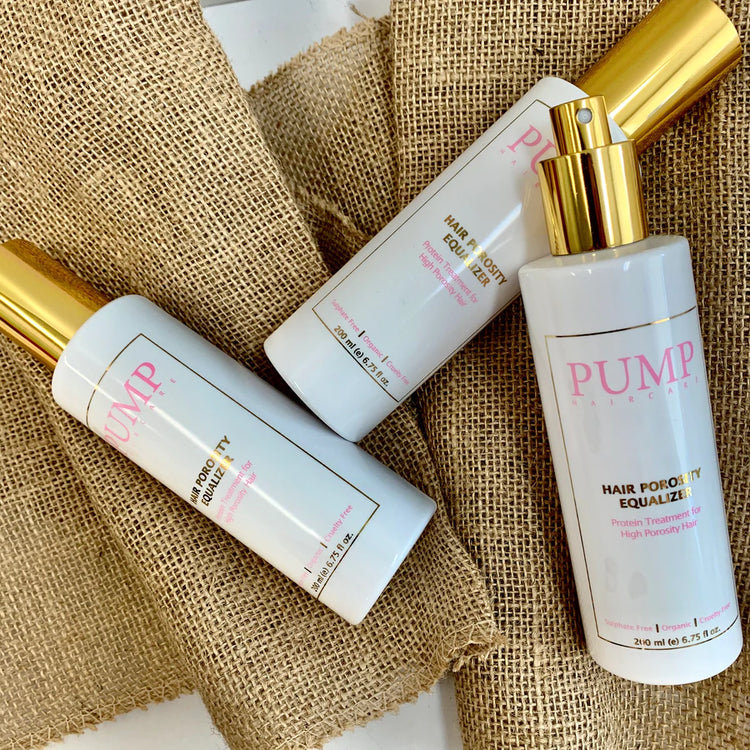Determining which hair type or characteristic you have can be tricky when it comes to these two hair types: fine hair or thin hair. However, it is important to properly identify which condition you have as the hair products and styling techniques will differ depending on if you have fine hair or thin hair. In this comprehensive guide, we have broken down the differences between thin and fine hair to give you the best guidance and support in looking after your hair.
What is Thin Hair?
Thin hair refers to the density of hair and is defined by the thickness of each strand as it typically has a smaller diameter than the average hair strand. As a result, thin hair tends to have less density or layers, leaving it to appear sparse. Thin hair is a byproduct of genetics or lifestyle factors such as aging, hormonal changes or medical conditions that cause hair thinning. Although your hair may be lacking in volume or fullness, using the right products or styling can help make your hair appear more voluminous. You also want to avoid heavy conditioners or hair care products as they can weigh the thin hair strands down, and make it appear greasy or oily.
What is Fine Hair?
Fine hair refers to the texture of your hair and how a single strand feels. Typically fine hair has a smooth and silky texture with each hair strand being quite small, resulting in the hair feeling quite soft or delicate. Although the amount of hair you have may be substantial, you can still have fine hair strands which may leave your hair looking like it lacks volume.

How to Tell if You Have Fine Hair or Thin Hair
Determining whether you have fine or thin hair may be difficult as the two characteristics often overlap. However, several factors can help you determine which hair type you have:
Texture and Diameter
A key characteristic of fine hair is the texture and how the hair feels
whereas thin hair is determined by the diameter of each hair strand.
Additionally, fine hair typically feels silky and smooth despite how much
the hair you have.
Volume and Density
Fine hair may have a lot of volume but the texture is fine whereas thin
hair is often lacking in volume and density, leaving your hair looking
quite sparse. Fine hair can also appear fuller as the characteristic isn't
the amount of hair you have but rather the texture is fine and silky.
Styling Challenges
Each hair characteristic presents unique styling challenges. For example,
thin hair may struggle to hold styles due to the lack of volume, resulting
in it appearing flat. Fine hair’s delicate nature can cause it to
break during a styling process.
Fine Hair & Thin Hair: Similarities & Differences
The Similarities
There are a few overlapping traits between fine and thin hair leading it
to be difficult to determine which one you have. Here are the traits they
have in common:
Lack of Volume
Both hair types can lack volume, although it is for two different reasons. Thin hair is lacking in density due to the diameter of the hair strand being thin whereas fine hair’s delicate texture makes it challenging to hold to certain styles.
Vulnerability to Damage
Both hair types are also susceptible to damage as thin hair’s lack of density can make it more fragile whereas fine hair can break easily due to its fine and delicate nature.
The Differences
Here are the distinct differences between thin hair and fine hair:
|
Thin Hair |
Fine Hair |
|
|
Causes |
Genetics: Heredity factors can cause people to have fewer hair follicles, leading to less dense hair. Health Conditions: Medical treatments such as chemotherapy can cause your hair to fall out. Nutritional Deficiencies: Not receiving adequate nutrients can lead to thin hair. Stress: If you are under a lot of stress this can also affect your health, leading to your hair thinning out and hair follicles dying out. |
Genetics: Heredity factors can cause you to have finer hair strands. Hormonal Changes: Fluctuating hormones have a profound impact on our health and can cause hair texture to change over our lifetime. Age: As we age, hair strands become finer due to our hair follicles having fewer proteins. Overprocessing: Frequently using chemical treatments, heat styling tools or sulphate-filled products can result in finer hair strands. |
|
Symptoms |
Thin hair lacks density. As a result, your scalp may become visible due to the lack of hair coverage. |
If you have fine hair, your hair texture is silky and smooth to touch. As a result, it will appear less voluminous. |
|
Prevention |
Maintaining a balanced diet, reducing stress levels and looking after your health will minimise the risk of hair thinning. |
To protect your fine hair, it is important you use lightweight products and implement a gentle hair care routine. |
|
Treatment |
In order to treat thin hair, using a derma roller to stimulate hair growth is a great place to start. Seeking professional help on the underlying cause of hair thinning can also help you create a treatment plan. |
To treat fine hair, utilising hair thickening products will help bring volume into the hair shaft, making it appear fuller. Additionally, getting regular trims can help your hair appear thicker. |
|
Styling |
To style thin hair it is important you avoid heavy creams and hair products that can leave your hair weighed down or greasy. Additionally, incorporating a dry shampoo into your routine can help to create lift and texture to your hair. |
To style fine hair, getting a layered haircut can add dimension and your hair appear more voluminous. You can also incorporate a hair-thickening powder when you dry your hair to increase how voluminous your hair appears. |





